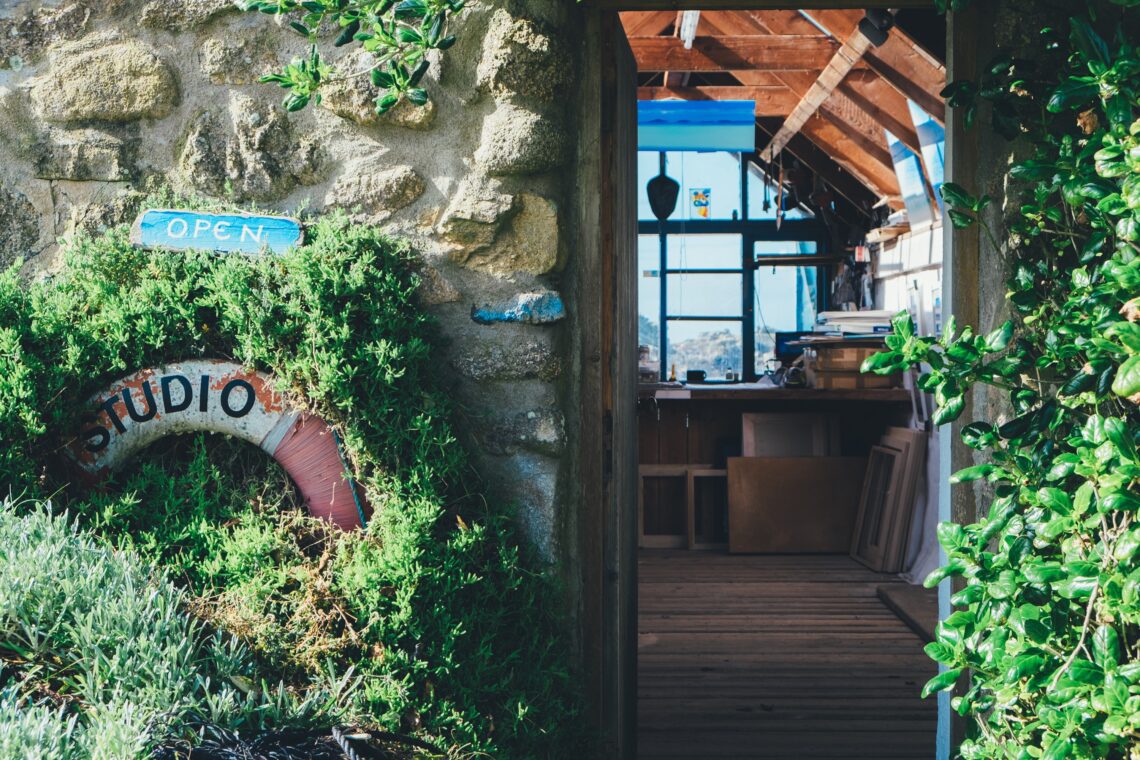
The importance of local creative outlets
Creative outlets are important for fostering passion in artists, but they can be difficult to find.
During the COVID-19 pandemic, many people turned to the arts as a form of support. A survey by Art & Well-being found that 85 per cent of participants started consuming more art to cope with their feelings, and 41 per cent engaged in artistic activities themselves.
Additionally, research conducted by Hill Strategies shows that in August 2021, more than 30 per cent of pre-pandemic arts enthusiasts had already visited an art gallery or attended an outdoor performance. With lessened restrictions post-pandemic, the need for local creative outlets has increased as artists look to their communities for support.
Importance of creative outlets
Cynthia Fay is a music therapy student, music teacher and independent artist. She says she was fortunate enough to have a supportive environment in high school.
“The key phrase [from my instructors] that stuck out to me is do what you love to do because what you love to do is also what you tend to be good at or what you can get good at,” she says.
This encouraging high school environment is what fostered Fay’s love for music and art in the first place. Her school provided her with opportunities to explore the arts and even hosted a contest that got her into songwriting. These early experiences helped her better understand her interests as they transitioned into passions.
Thea Biallas, the editor-in-chief of Blueprint Magazine in Waterloo, Ont., says local creative outlets are very important for bringing communities together.
“Personally, it’s hard to find people who are passionate about art, especially in a [city] where a lot of people are focusing on business,” she says. “Having this magazine where people are able to become part of a community that shares similar interests is really important.”
Fostering creativity helps youth explore their passions. These creative outlets act as a starting point for many people on their creative journeys, so it’s important to make sure these resources are readily available.
Lack of local support
Many communities lack creative support for artists, especially young artists with little experience. Fay says this is especially true for high school students.
“Once you’re 18, you can go to bars, open mics, karaoke – all that fun stuff,” she says. “Before that, you’re in this limbo between being a child and being an adult, and there’s not too many supports, in Sarnia at least, where you can go out and get support by … being in a community of musical people.”
Biallas shares a similar sentiment, saying that support around Wilfrid Laurier University is difficult to find and connect with. Before she joined Blueprint, she had no idea it even existed.
While creative outlets may exist, many of them remain unknown. Having support systems available is one thing, but they must also be easily accessible so young artists can engage with them.
Make your own opportunities
When there’s a lack of local outlets to practice one’s art, Fay recommends trying to make opportunities for yourself if you can do so safely.
“I used to be in this trio called Sidewalk Party, and we’d go busking in downtown Toronto in all these different spots,” she says. “Go for open mics, if there’s any. Doing open mics led me to doing shows and playing at different venues, meeting people in the music scene. Just posting stuff online got me gigs in other places I hadn’t even heard of before. There’s probably more available than you think.”
Create supports for others
Biallas says connecting with Blueprint helped her bring a previously unknown creative outlet to other students.
“I thought it was really important to get the word out about Blueprint. So, the Blueprint team did that by holding events,” she says. “We held an event at Revive, a bar in uptown Waterloo. There, we had people coming in reading poetry, some were singing songs, there was karaoke, and that was the first event we were able to host.”
Fay helps support young musicians through her work as a teacher, but she also creates open opportunities for local artists to connect.
“I happen to host this open mic called Open Stage,” she says. “It’s an all-ages event, and you can be from any background, so it’s very diverse when people show up. When there’s opportunities for people to go practice and try out new songs, naturally, the more you’ll have this rotation of people coming every week. You build a community of people that are supportive of the music you’re learning and the art you’re creating.”
If you see a lack of creative outlets in your community, you can create them for yourself, but you can also create them for other artists to engage with. That way, future artists will have an easier time finding somewhere to connect with their art and others.
Readily accessible creative outlets are an important part of any community. Though they may be hard to find, they exist and are available for you to connect with. Look into your community to find resources available to you.
About the author

Kyle Quilatan
Kyle is a writer for Youth Mind who studied English at Wilfrid Laurier University. When he’s not writing, he enjoys art and music.







